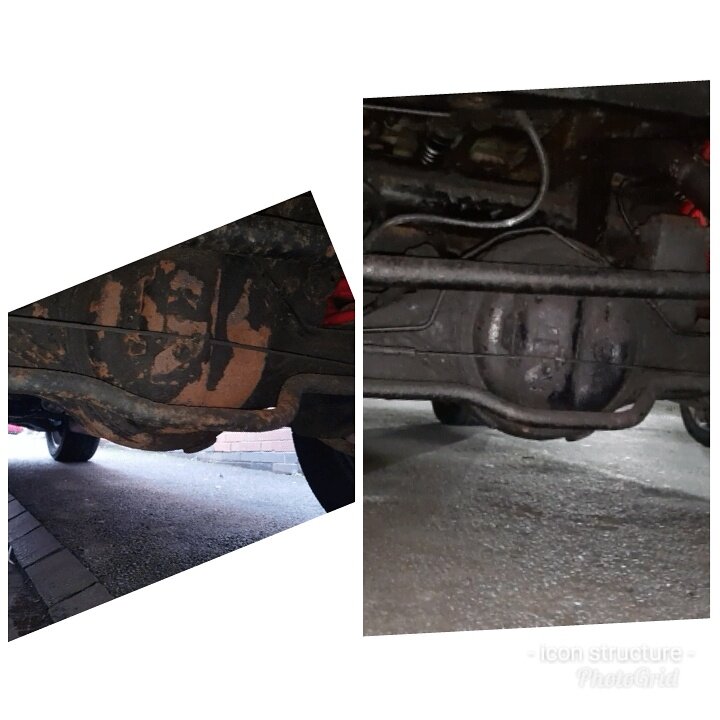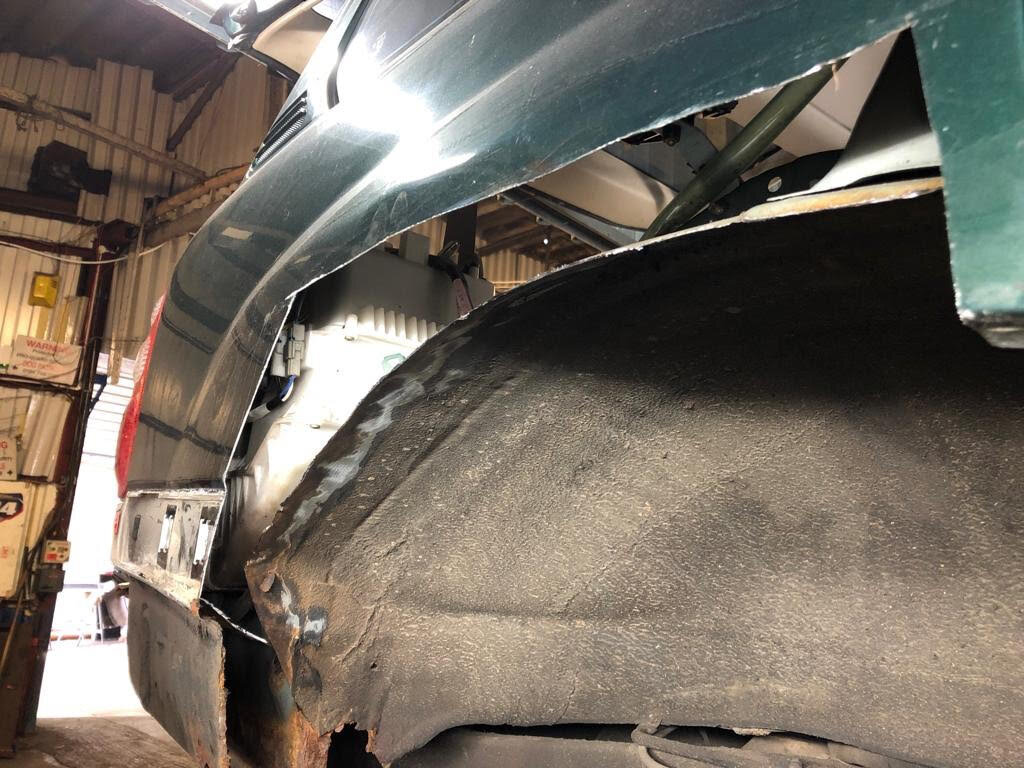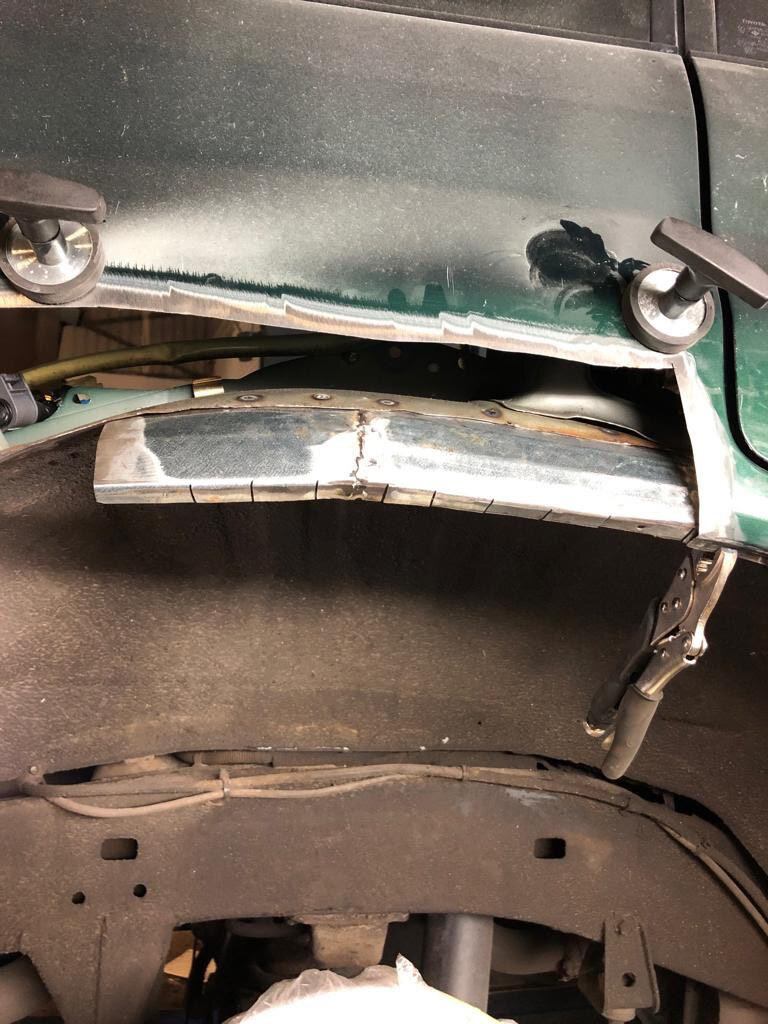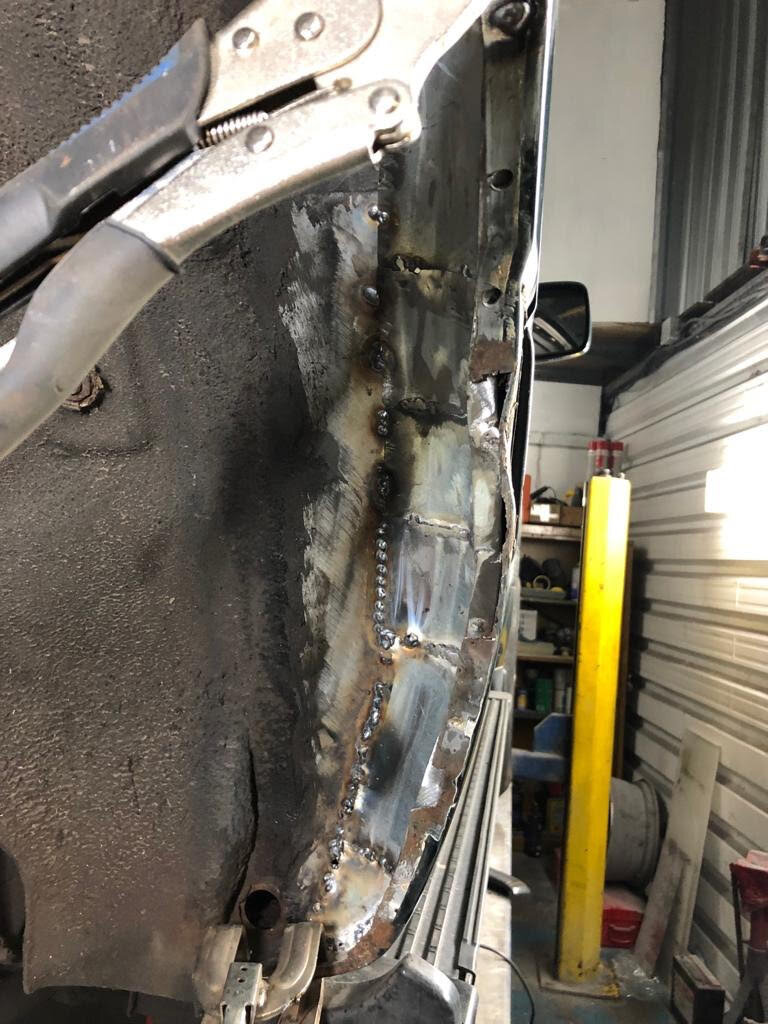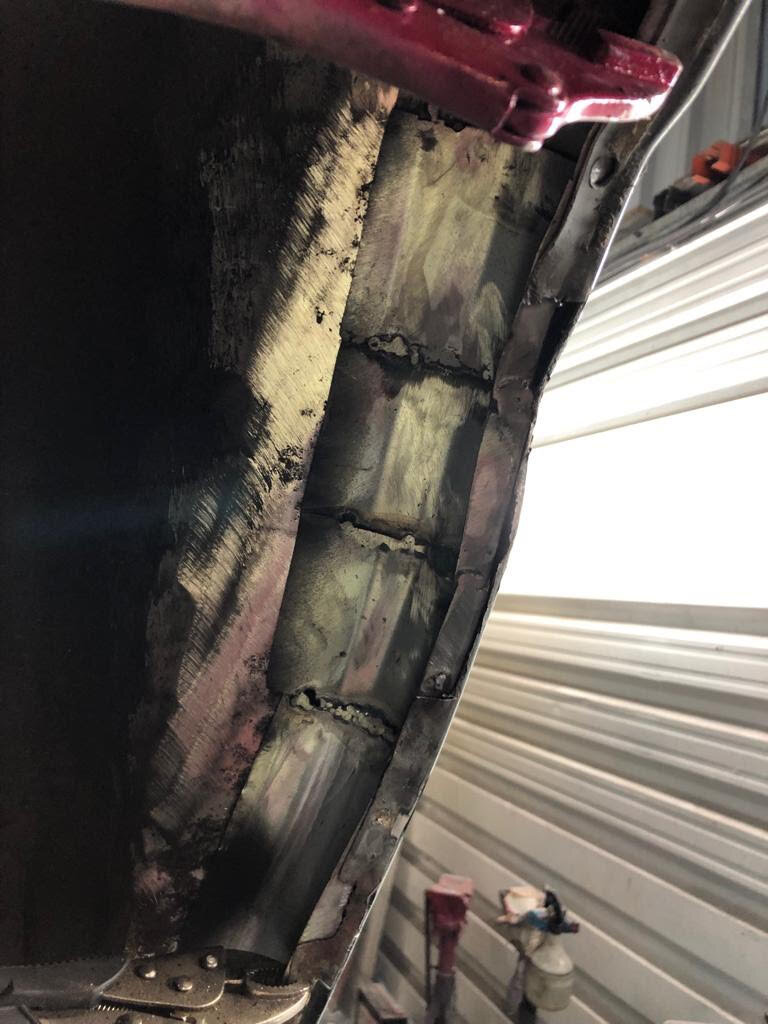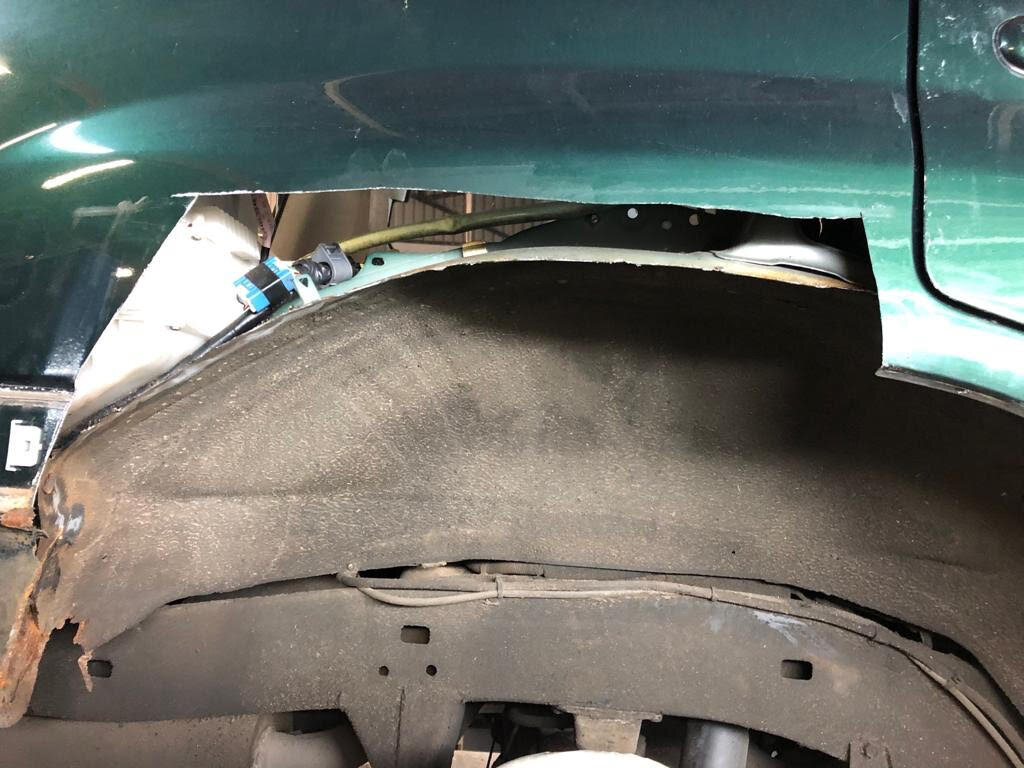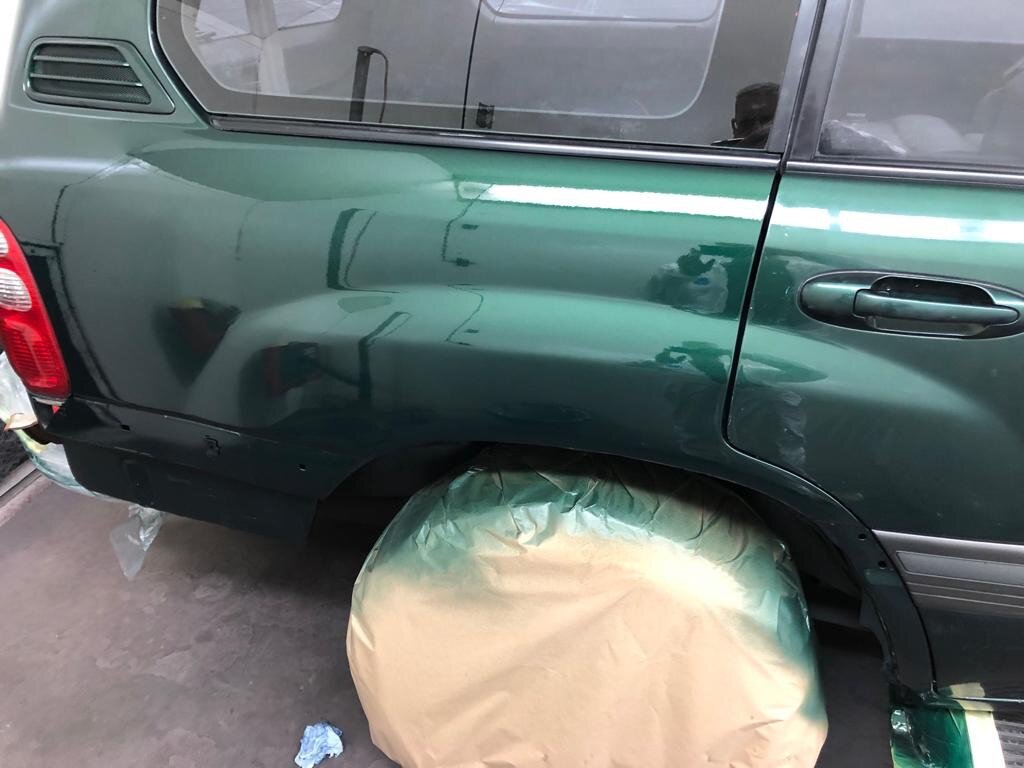Kieron
Member
- Joined
- Jun 18, 2016
- Messages
- 145
- Country Flag
Hi All
About six months ago I dropped my Beast off at the body shop to have the rear tail gate tidied up which they did an excellent job
But the two rear wheel arches at the bottom left hand side where all the crap collects wasn't such a good result. At first they looked very nice and then slowly the bubbling started again
The guy did say he couldn't guarantee the rust wouldn't return but I thought it would last longer than six months
Has anyone out there got the cure as this is the only area that lets the car down. It has lived a very sheltered life and as far as I know with little or no green leaning etc
So I throw it out there as I am sure it is a common problem
I know what the guys in the States would say " just cut it all out and leave it you don't need this area anyway !!!! "
Please help
Cheers Kieron in The Peak District
About six months ago I dropped my Beast off at the body shop to have the rear tail gate tidied up which they did an excellent job
But the two rear wheel arches at the bottom left hand side where all the crap collects wasn't such a good result. At first they looked very nice and then slowly the bubbling started again
The guy did say he couldn't guarantee the rust wouldn't return but I thought it would last longer than six months
Has anyone out there got the cure as this is the only area that lets the car down. It has lived a very sheltered life and as far as I know with little or no green leaning etc
So I throw it out there as I am sure it is a common problem
I know what the guys in the States would say " just cut it all out and leave it you don't need this area anyway !!!! "
Please help
Cheers Kieron in The Peak District





